
Social determinants of health were associated with a younger age of first hospitalization for heart failure in Black and Hispanic patients when compared with Asian and White patients.

Social determinants of health were associated with a younger age of first hospitalization for heart failure in Black and Hispanic patients when compared with Asian and White patients.

A new joint guideline from the American Heart Association and the American College of Cardiology emphasizes early treatment, close perinatal blood pressure monitoring, and incorporating the PREVENT risk calculator to personalize care.

Polyethylene terephthalate microplastics are the most common microplastics encountered in daily life, and there are several reasons why they may play a role in lung diseases like idiopathic pulmonary fibrosis.

Psoriasis received the second-most funding of any pediatric dermatology condition, even though it ranked fifth in terms of disease burden.
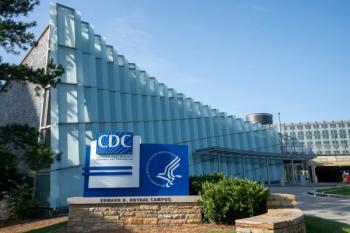
The governors of Washington, California, and Oregon have launched the West Coast Health Alliance to provide evidence-based guidance amid shifting CDC policies.

A new study evaluated real-world data on the efficacy of GLP-1s in patients with obesity and heart failure with preserved ejection fraction (HFpEF), confirming findings from prior research.

Long-term follow-up data on the use of BCMA-directed RNA chimeric antigen receptor T-cell therapy (CAR T) for refractory generalized myasthenia gravis show patient outcomes at 2, 3, 6, 9, and 12 months.

In the first part of this Q&A, Kathy Oubre, MS, discusses how likely it is that the most favored nation executive order will lead to price reductions in prescription drugs.
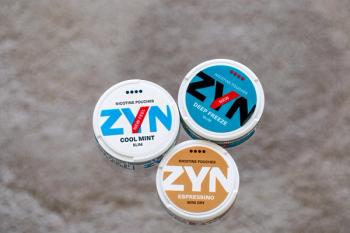
Rising cases of accidental nicotine exposure in children prompt an FDA warning and safety call to manufacturers.
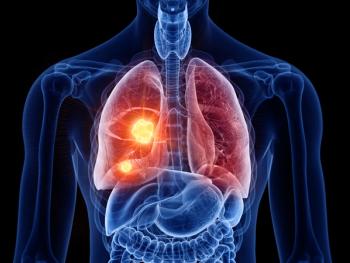
Patients with early-stage non–small cell lung cancer had improved outcomes after surgical treatment if they adhered to quality metrics associated with survival.

A large cohort study finds elevated risks of sepsis, genitourinary infections, and longer hospital stays in patients with hidradenitis suppurativa (HS).
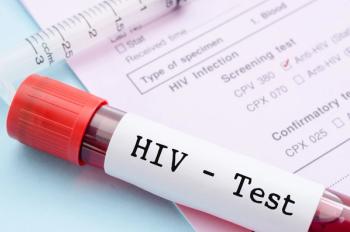
Patients had better linkage to care for HIV and HIV was more frequently diagnosed when it was tested alongside other sexually transmitted infections (STIs), such as chlamydia and gonorrhea.

Weekly mobile messages improved blood sugar, blood pressure, and heart health risk management in patients with type 2 diabetes (T2D), a study finds.

Rusfertide has received orphan drug, fast track, and breakthrough therapy designations from the FDA, and in this interview, Andrew Kuykendall, MD, Moffitt Cancer Center, emphasizes the critical need for therapies that offer a sense of normalcy to individuals with polycythemia vera.
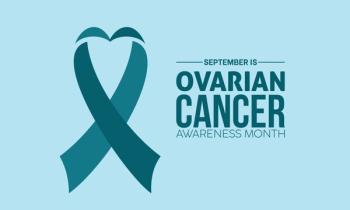
Ovarian cancer deaths remain uneven across age, geography, and racial and ethnic groups, highlighting the need for targeted interventions.

Why is health care so staggeringly difficult to use? How do we fix it? To move forward, we first must look back, because the system we have today was not really designed, it evolved, notes Ariela Simerman, Turquoise Health.
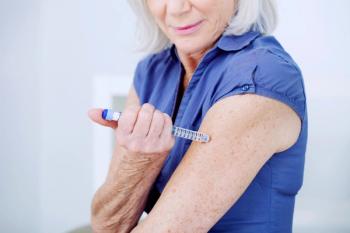
The anti-amyloid maintenance therapy offers a once-weekly, subcutaneous option after 18 months of intravenous treatment.

Patients with small cell lung cancer (SCLC) experienced better responses to immune checkpoint inhibitors if they had higher levels of NOTCH1 expression in a recent study.

Kristen R. Choi, PhD, PMHNP-BC, FAAN, discussed how the new executive order aimed at addressing homelessness could result in adverse consequences.

UPMC Health Plan's Dental Care Management Program enhances oral health access and literacy, focusing on education and community engagement for underserved populations.

SB17, a new ustekinumab biosimilar, demonstrates comparable efficacy and safety for psoriasis and psoriatic arthritis, enhancing patient experience and convenience.

The findings could help clinicians individualize infection-prevention strategies in patients with relapsed or refractory chronic lymphocytic leukemia (CLL).

The findings may inform future studies on the therapeutic strategy for patients with small cell lung cancer (SCLC).
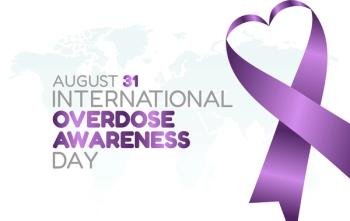
There are significant health care disparities in overdose recovery resources, emphasizing the need for better connections between opioid treatment programs and recovery centers.

While observational studies have previously pointed to an association, being able to identify causation has been difficult due to overlapping risk factors and confounding variables.

The FDA has approved rilzabrutinib (Wayrilz; Sanofi) as a groundbreaking treatment for immune thrombocytopenia (ITP), enhancing patient outcomes and quality of life.

Chris Johnson, MBA, emphasizes that the constantly shifting landscape of Medicaid could further confuse both patients and health care providers, potentially leaving children behind.

Patients with chronic obstructive pulmonary disease (COPD) who smoke were less likely to receive tobacco dependence treatment (TDT) if they lived in rural areas or had longer travel times to care, highlighting persistent geographic disparities in access.

A global analysis showed that absolute deaths and disability-adjusted life-years related to smoking-attributable rheumatoid arthritis have continued to rise since 1990.
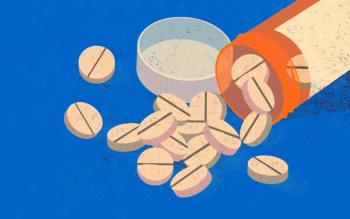
A primary care–based collaborative care model significantly cut opioid use, though mental health outcomes remained unchanged.

259 Prospect Plains Rd, Bldg H
Cranbury, NJ 08512
© 2025 MJH Life Sciences®
All rights reserved.
